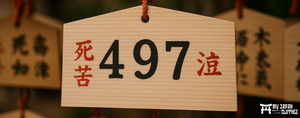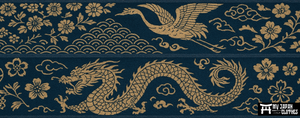The national flag of Japan, known officially as "Nisshōki" and more commonly known as "Hinomaru", is one of the most recognizable symbols of the nation. With its striking simplicity and profound meaning, Hinomaru embodies both the history and values of Japan. This article explores the origin, symbolism, and different uses of the Japanese flag over time.
History and origin of the Japanese flag
The Japanese flag, with its central red disk on a white background , was first officially adopted as the national ensign for ships in 1870. The design is meant to represent the sun , a central figure in Japanese mythology and culture . According to mythology, Japan is the birthplace of the sun goddess Amaterasu , earning it the nickname " Land of the Rising Sun ". The flag was codified as a national flag in 1999, although it was used well before that date in various civil and military contexts.
Symbolism and meaning
As mentioned above, the red disk in the center of the flag represents the sun. This image symbolizes brightness, sincerity, and warmth, which are values deeply rooted in Japanese national ethics. The white background, for its part, symbolizes purity and honesty. Together, these colors reflect the ideals of the Japanese people and their aspiration for peace and harmony. The flag's clean design also reflects aesthetic minimalism, an important characteristic of Japanese culture.
International uses and presences
The Japanese flag is omnipresent during national celebrations, official ceremonies, and international sporting events where Japan is represented. It is also a focal point on national holidays such as Japan's Founding Day and Peace Memorial Day. On the international scene, Hinomaru is often seen as a symbol of the resilience and renewal of Japan, particularly after periods of crisis such as the post-war period or major natural disasters.
Controversies and debates
Despite its simplicity and beauty, the Japanese flag has also been the subject of controversy, particularly due to its association with periods of conflict and Japanese military expansion, particularly during World War II. In some Asian countries, notably China and South Korea, Hinomaru may still elicit negative reactions due to these historical associations. However, in Japan it remains a powerful symbol of national identity.
We hope that this short article will shed some light on the origins and history of the Japanese flag. With its distinctive design and rich symbolism, it is much more than a simple national emblem, it embodies the history, culture and aspirations of the Japanese people. Despite its controversial aspects in some contexts, the Hinomaru continues to play a crucial role in expressing Japan's national unity and pride. Exploring the meaning of this flag provides a valuable window into the soul of Japan, illuminating both its past and its vision for the future!




















































Leave a comment